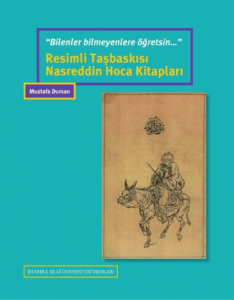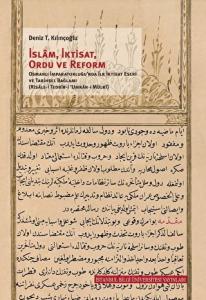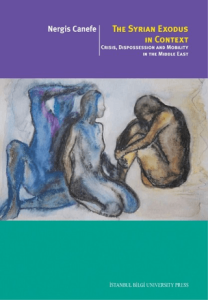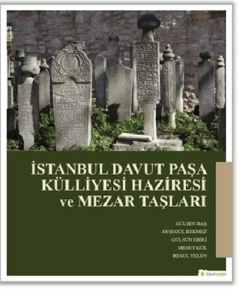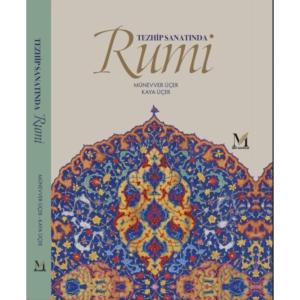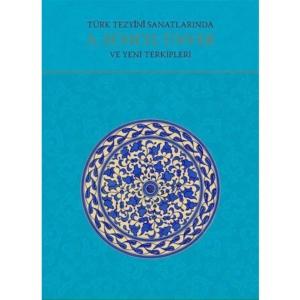
Özellikle Batı Avrupa uzun zamandır Türkiyeyi göç veren bir ülke olarak veriyor. Ama Türkiye Cumhuriyeti kurulduğundan bu yana göç verdiği gibi göç aldı da. 1960larda gayrimüslimler dış ülkelere göçerken, komşu Balkan ülkelerinden Türk kökenli ya da Türk kültürüne sahip kitleler Türkiyeye göçüyordu. Günümüzde Türkiyeden Avrupa ülkelerine göç oranı ciddi şekilde düştü. Onun yerine Türkiyeliler eski Sovyetler Birliği, Ortadoğu ve Orta Asya gibi bölgelere göçüyorlar. Ayrıca, Türkiyeye göz edenler de Sovyetler Birliğinin çöküşünden bu yana ciddi şekilde değişti; sığınmacılar, mülteciler, transit geçiş yapan göçmenler, bavul ticareti yapanlar, öğrenciler, meslek sahipleri ve Batı Avrupa ülkelerinden emekliler ile göçmen işçiler yeni bir göç haritası oluşturdu.
Bu çalışma Türkiyenin göç deneyimlerindeki çeşitliliği gösteriyor.
Turkey, especially in Western Europe, has long been considered a country of emigration. Indeed many in Turkey have thought along these lines too. Yet, since the very days when the Turkish Republic was established in 1923, Turkey has actually been as much a country of immigration as it has been a country of emigration. Well into the 1960s emigration was mostly the out-movement of non-Muslims. Immigration constituted of people of "Turkish descent or culture" coming by and large from the neighboring Balkan countries. Both emigration as well as immigration were very much part and parcel of the nation-building process in Turkey and neighboring countries. It is emigration in the form of first "guest workers" in the 1960s and 1970s, followed by their respective families as well as asylum seekers and illegal migrants in the subsequent decades that earned Turkey its reputation as an emigration country. Today emigration from Turkey to EU countries has fallen significantly. Instead Turkish nationals are emigrating as contract workers, entrepreneurs, circular migrants, professionals, students and so-on, to the countries of the former Soviet Union, the Middle East and Central Asia and in lesser numbers to Australia, North America and even China as well as India. Simultaneously, the nature of immigration into Turkey has been dramatically transformed especially since the collapse of the Soviet Union. Asylum seekers, refugees, irregular and transit migrants, suitcase traders, students, professionals, retirees from Western European countries and migrant workers constitute this new form of immigration. In short, since the early twentieth century Turkey has become a land of diverse flows of ever changing forms of immigration and emigration.
Özellikle Batı Avrupa uzun zamandır Türkiyeyi göç veren bir ülke olarak veriyor. Ama Türkiye Cumhuriyeti kurulduğundan bu yana göç verdiği gibi göç aldı da. 1960larda gayrimüslimler dış ülkelere göçerken, komşu Balkan ülkelerinden Türk kökenli ya da Türk kültürüne sahip kitleler Türkiyeye göçüyordu. Günümüzde Türkiyeden Avrupa ülkelerine göç oranı ciddi şekilde düştü. Onun yerine Türkiyeliler eski Sovyetler Birliği, Ortadoğu ve Orta Asya gibi bölgelere göçüyorlar. Ayrıca, Türkiyeye göz edenler de Sovyetler Birliğinin çöküşünden bu yana ciddi şekilde değişti; sığınmacılar, mülteciler, transit geçiş yapan göçmenler, bavul ticareti yapanlar, öğrenciler, meslek sahipleri ve Batı Avrupa ülkelerinden emekliler ile göçmen işçiler yeni bir göç haritası oluşturdu.
Bu çalışma Türkiyenin göç deneyimlerindeki çeşitliliği gösteriyor.
Turkey, especially in Western Europe, has long been considered a country of emigration. Indeed many in Turkey have thought along these lines too. Yet, since the very days when the Turkish Republic was established in 1923, Turkey has actually been as much a country of immigration as it has been a country of emigration. Well into the 1960s emigration was mostly the out-movement of non-Muslims. Immigration constituted of people of "Turkish descent or culture" coming by and large from the neighboring Balkan countries. Both emigration as well as immigration were very much part and parcel of the nation-building process in Turkey and neighboring countries. It is emigration in the form of first "guest workers" in the 1960s and 1970s, followed by their respective families as well as asylum seekers and illegal migrants in the subsequent decades that earned Turkey its reputation as an emigration country. Today emigration from Turkey to EU countries has fallen significantly. Instead Turkish nationals are emigrating as contract workers, entrepreneurs, circular migrants, professionals, students and so-on, to the countries of the former Soviet Union, the Middle East and Central Asia and in lesser numbers to Australia, North America and even China as well as India. Simultaneously, the nature of immigration into Turkey has been dramatically transformed especially since the collapse of the Soviet Union. Asylum seekers, refugees, irregular and transit migrants, suitcase traders, students, professionals, retirees from Western European countries and migrant workers constitute this new form of immigration. In short, since the early twentieth century Turkey has become a land of diverse flows of ever changing forms of immigration and emigration.




